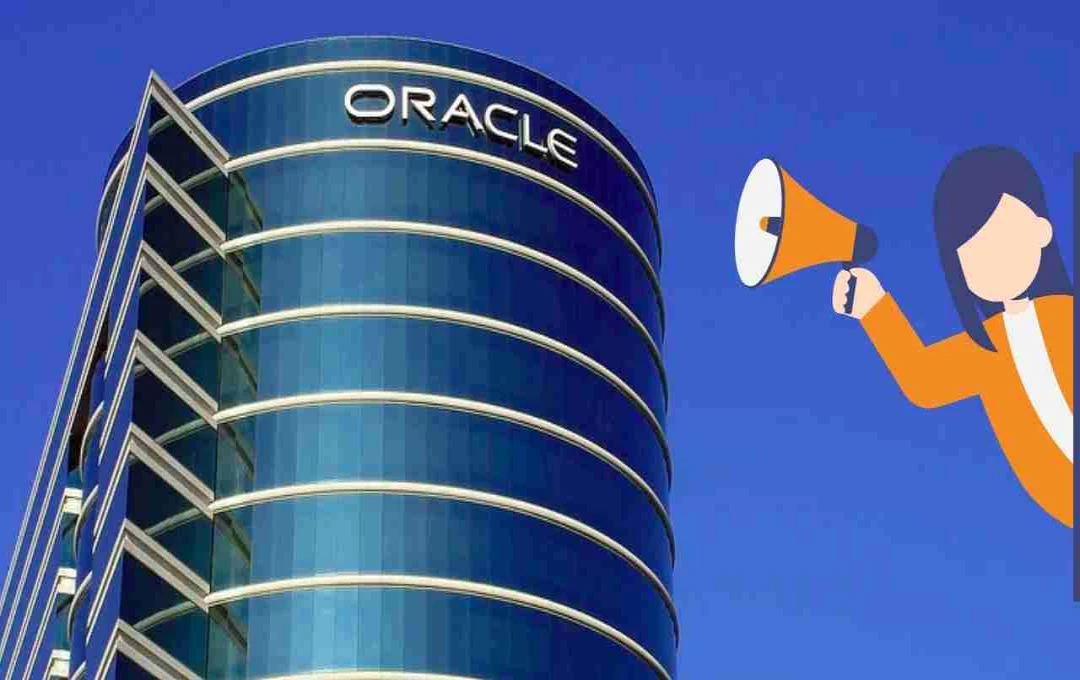Nowadays, individuals from young adults to middle-aged professionals are seriously considering their retirement plans. They are increasingly turning to investments to ensure financial security in the future.
NPS vs SIP: Retirement is no longer merely a numerical age; it's a phase where financial independence is considered true freedom. People are becoming increasingly proactive in retirement planning. Two popular options have emerged: the National Pension System (NPS) and the Systematic Investment Plan (SIP) for mutual funds. Both options have their advantages and limitations. Therefore, the question arises: which option is safer, more profitable, and more suitable?
This article compares NPS and SIP based on key aspects such as returns, tax benefits, flexibility, and risk, to help you choose the right option.
NPS: A Government-Backed Long-Term Plan

NPS is a pension scheme launched by the Central Government and regulated by the Pension Fund Regulatory and Development Authority (PFRDA). Its main objective is to provide a regular monthly pension to individuals after retirement.
NPS offers two tiers: Tier 1 and Tier 2. The Tier 1 account is mandatory and the primary pension account, while Tier 2 is optional and more flexible, allowing for withdrawals when needed.
The investor's age must be between 18 and 70 years, and the minimum investment is just ₹500 per month.
SIP: Disciplined Investing in Mutual Funds
SIP is a process where investors invest a fixed amount in mutual fund schemes every month. You can invest in various options such as equity, debt, hybrid, and liquid funds. The biggest advantage of SIP is that it averages out market fluctuations, leading to potentially better returns in the long term.
It's a highly flexible investment method; you can start or stop investing whenever you want. The minimum investment amount also starts at ₹500.
Return Comparison: Which is Ahead?
In terms of returns, a portion of NPS investments can be allocated to equities, but this is capped at 75%. The remaining amount is invested in government bonds and debt instruments. Therefore, the average return for NPS is between 8 and 10 percent.
On the other hand, through SIPs, you can invest entirely in equity funds, potentially yielding annual returns of 12 to 15 percent in the long term. However, this carries higher risk because returns are entirely dependent on the market.
Tax Benefits: Where is the Greater Relief?

NPS is significantly more advantageous for tax savings. You can claim a deduction of up to ₹1.5 lakh under Section 80C of the Income Tax Act, and an additional ₹50,000 under Section 80CCD(1B). This allows for a total tax saving of up to ₹2 lakh.
Tax benefits for SIPs are available only through ELSS (Equity Linked Savings Scheme), offering a maximum deduction of ₹1.5 lakh under Section 80C.
Liquidity and Flexibility: Who Gets the Freedom?
SIPs offer investors complete freedom to choose when to invest, how much to invest, and when to withdraw funds. You can pause investments or adjust the amount as needed.
In contrast, NPS liquidity is highly restricted. You cannot withdraw money before the age of 60, and even then, 40% of the total amount must be used to purchase an annuity. The remaining 60% can be withdrawn as a lump sum.
Risk Factor: Where is the Greater Security?
A significant portion of NPS investments is in debt instruments and government bonds, making it relatively less risky. Furthermore, it's a government-supervised scheme, instilling greater confidence.
SIPs, particularly those invested in equity funds, are susceptible to market fluctuations. The risk is higher, but the long-term returns can also be higher.
The Right Choice for Whom?
If you are employed, desire a guaranteed income after retirement, and aim to save on taxes, NPS is a suitable option.
If you are young, risk-tolerant, and seeking high returns, SIP might be better.
A Combined Strategy Can Be Optimal
Experts believe investors can invest in both NPS and SIP. NPS can serve as the primary retirement plan, offering tax benefits, while SIPs can fund various financial goals, such as children's education, home purchase, or other objectives before retirement.
Investing in both provides better return opportunities, tax relief, and liquidity when needed.














